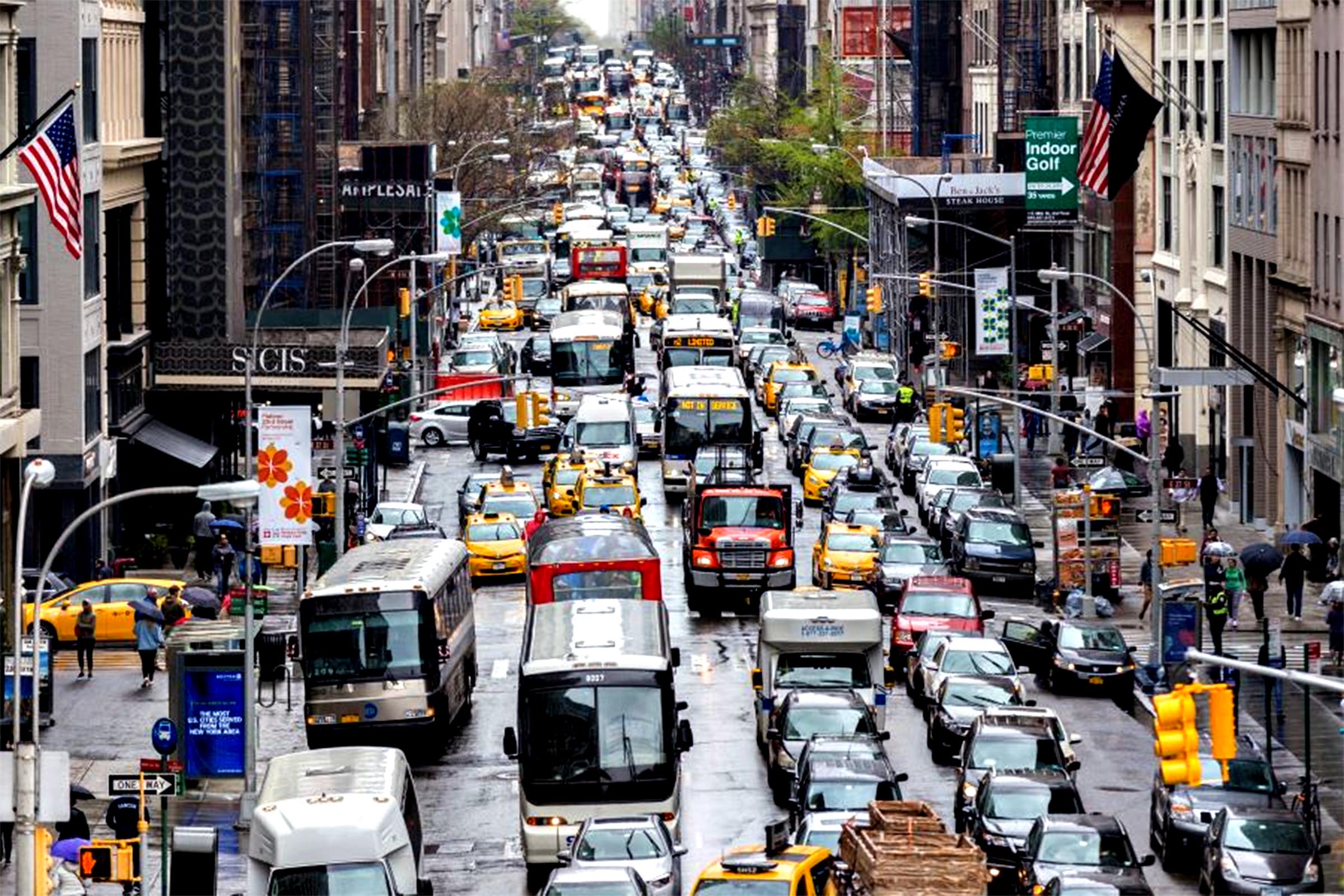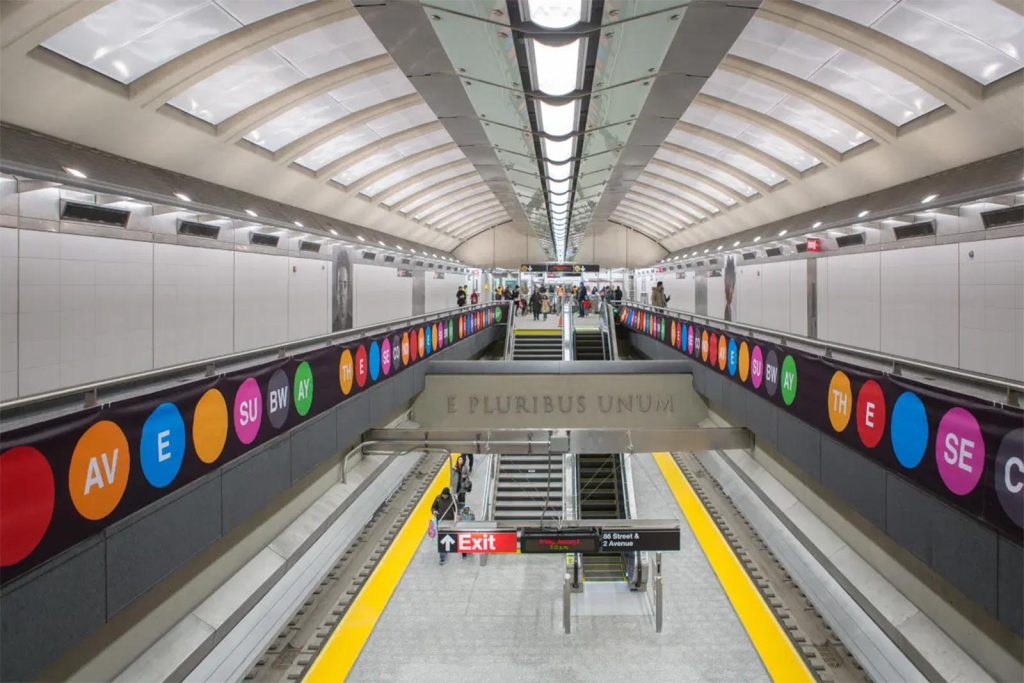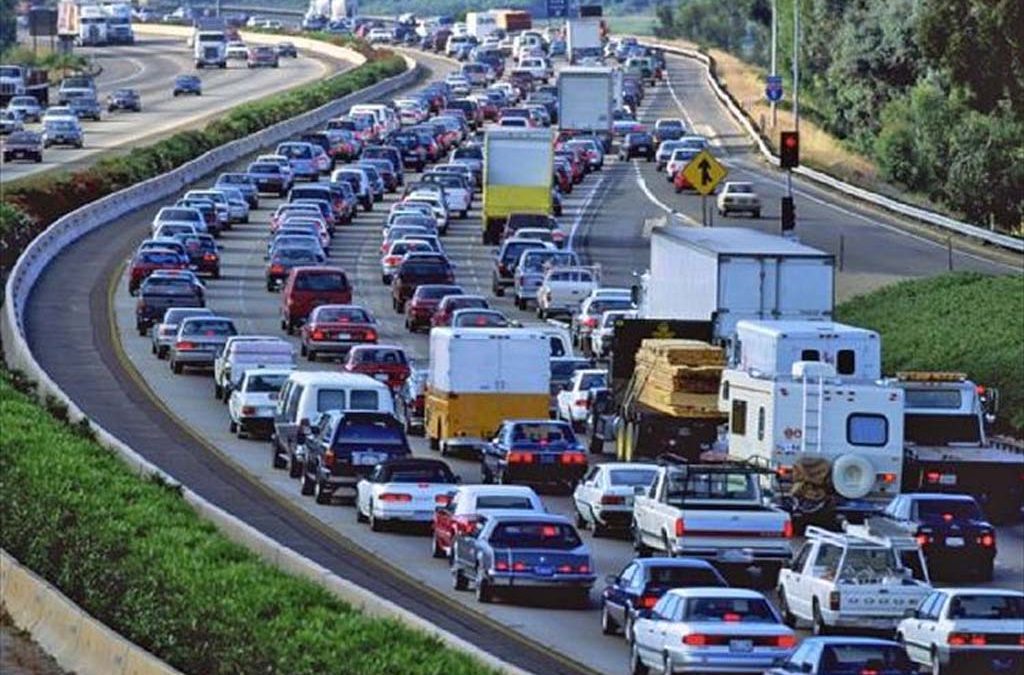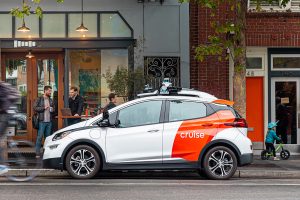As if you don’t pay enough in bridge and tunnel tolls to drive into Manhattan, things are about to get even more expensive for commuters and other visitors to New York City as the Big Apple launches a new $9 congestion fee starting January 5, 2025.
Planning to visit New York in the near future? If you’ll be driving into the city after January 5, 2025 expect to pay a bit more as the nation’s first congestion charge goes into effect.
Intended to reduce traffic in the Big Apple, city officials also plan to use some of the billions the new charge will raise to improve the city’s mass transit system.
“By getting congestion pricing underway and fully supporting the MTA (Metropolitan Transportation Authority) capital plan, we’ll unclog our streets, reduce pollution and deliver better public transit for millions of New Yorkers,” said New York Governor Kathy Hochul.
What is a congestion fee?
With traffic reaching critical levels, a number of cities around the world have enacted congestion fees, including Stockholm, Rome, Malta and Milan. London was first, implementing its program in 2003. Today, motorists entering the central part of that city without a permit must pay 15 pounds a day, equivalent to $19 at the current exchange rate.
The program has been credited with sharply reducing traffic in the British capital and is expected to have a similar impact in New York. The MTA estimates it could reduce the total number of vehicles entering Manhattan south of 60th Street by about 80,000 a day, “relieving crowding in what is today the most congested district in the United States.”
The charge has been under debate for a number of years but officials unexpectedly put things on hold last June, finding pushback at several levels, including the U.S. Department of Transportation. Things turned around when city officials cut back the fee, Among other things, the Federal Highway Administration said that the plan no longer required a potentially lengthy environmental review.
What will motorists pay?
Originally, the plan called for a daily $15 charge for any privately owned vehicle entering the congression zone. The good news for drivers is that they can repeatedly come and go and will only be charged once a day.
The fee will climb to $21.60 for trucks and buses – but they will be eligible for discounts of 75% when entering the congestion zone at night – which is often the case with delivery vehicles servicing Manhattan businesses.
Vehicles used for ride-sharing will face per-use fees — $0.75 per trip for taxis entering the zone, and $1.50 per trip for Uber or Lyft vehicles reserved by app.
More Consumer News
- Tesla is America’s Deadliest Car Brand, Reports Study
- Thanksgiving Expected to See Record Travel
- Live from the LA Auto Show
What could the congestion fee accomplish?
City officials hope to raise billions of dollars from the congestion fee. Much of that will go to finance $15 billion in mass transit improvements scheduled by the MTA. Among other things, the city will use some of the money to extend the long-delayed 2nd Avenue subway line.
More importantly, they expect to see improvements in what has become daily gridlock across Manhattan’s central business district, where 700,000 vehicles enter every day. According to Reuters, the average speed of vehicles traversing that part of the city has fallen 23% since 2010, to just 7 mph. According to some traffic studies it now takes longer for a cab to cross east to west, from the Hudson River to the East River than it did a horse-drawn hack in the late 19th Century.
Congestion fees have shown significant benefits where they’ve already been implemented. According to the U.S. Department of Transportation, Singapore has seen a 13% reduction in traffic and a 22% increase in vehicle speed. London traffic is down 15% in the area covered by its fee. And Stockholm not only has experienced a 20 to 25% drop in traffic but a 14% reduction in inner city emissions levels.









0 Comments